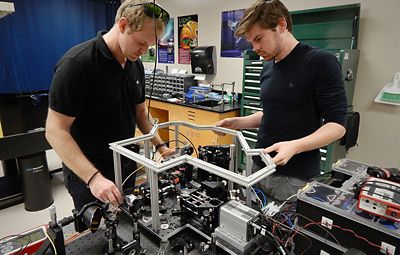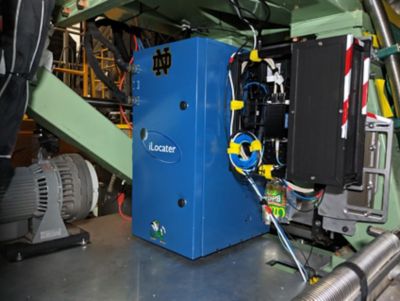Case Study
-
United States -
United Kingdom -
India -
France -
Deutschland -
Italia -
日本 -
대한민국 -
中国 -
台灣
-
Ansys s'engage à préparer les étudiants d'aujourd'hui à la réussite, en leur fournissant gratuitement un logiciel de simulation.
-
Ansys s'engage à préparer les étudiants d'aujourd'hui à la réussite, en leur fournissant gratuitement un logiciel de simulation.
-
Ansys s'engage à préparer les étudiants d'aujourd'hui à la réussite, en leur fournissant gratuitement un logiciel de simulation.
-
Contactez-nous -
Carrières -
Étudiants et universitaires -
-
S'inscrire -
Déconnexion -
Espace client -
Support -
Communautés partenaires -
Contacter le service commercial
Pour les États-Unis et le Canada
+1 844.462.6797
-
“Ansys Zemax OpticStudio has been critical to our work. Without it, we would never have identified key optical aberrations we needed to consider for our system design to prevent an impact on our science. We saved a great deal of time and money, and improved productivity, by being able to understand theseaberrations during design and then modify and improve key elements before proceeding to fabrication."
— Dr. Jonathan Crass, Assistant Research Professor, University of Notre Dame
Precise simulation enables rapid design iterations for a radial velocity instrument, building confidence in spectrograph design
The University of Notre Dame’s Department of Physics supports wide-ranging astronomy research in ground-based optical and infrared astronomy, as well as in observational/theoretical astrophysics and cosmology. Many of its ground-based observational achievements come from its famous partnership with the Large Binocular Telescope (LBT) at the Mount Graham International Observatory in Arizona. Scientists from all telescope partners use the LBT to address astronomical challenges ranging from the study of objects in our solar system to studies of the early universe.
Over the past two decades, ground-based adaptive optics systems have now advanced sufficiently to where they are able to correct for changes in the atmosphere in real time and provide beams in the near-infrared to astronomical instruments. This allows the use of significantly smaller (5-10 µm) single-mode fibers, enabling efficient diffraction-limited spectrograph designs. This change in design concept is the driving force behind the development of iLocater, the first optimized single-mode fiber-fed radial velocity-based instrument for the discovery and study of exoplanets.
UND originally used Ansys Zemax OpticStudio to design and optimize the instrument fiber injection system for LBT, which was successfully commissioned at the telescope in 2019. More recently, the university has embarked on developing the Doppler spectrometer element of the instrument that includes one of the first diffractionlimited spectrographs to be used for extremely precise RV studies of exoplanets. To achieve this submeter-per-second precision, it was necessary to build capabilities into the iLocater spectrograph to identify and compensate for Doppler-like color shifts that distort or dilute its output data using OpticStudio.


Capabilities
- Single integrated solution for tracking design and fabrication wavefront performance
- Wide-ranging simulation capabilities, including physical optics propagation (POP)
- Easy interoperability with computer-aided design (CAD) platforms
Results
- Enabled the development of iLocater, one of the first optimized single-mode fiber-fed radial velocity-based instruments for the discovery and study of exoplanets
- Confidently created a durable optical design for a diffraction limited spectrograph
- Readily simulated and triaged impact of optical aberrations to optimize system precision
Découvrez ce qu'Ansys peut faire pour vous
Découvrez ce qu'Ansys peut faire pour vous
Contactez-nous aujourd'hui
Merci de nous avoir contacté !
Nous sommes à votre disposition pour répondre à toutes vos questions. Un membre de l'équipe commerciale Ansys vous contactera sous peu.











